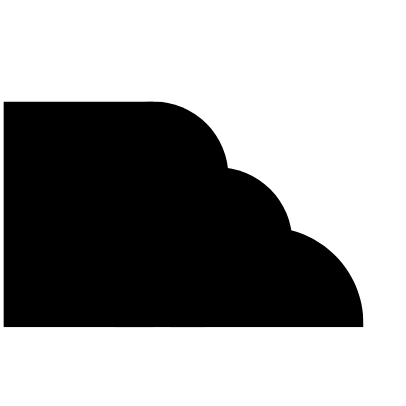What are the different edging profiles for Quartz Kitchen Worktops?
When it comes to selecting your perfect kitchen worktops, one important decision you will make is the type of edging you will like your worktops to have. With a wide variety of styles and designs available, we’ve created a short guide showing you the edges available for you to choose from.
You are very welcome to get in touch with a member of our friendly team should you wish to discuss the options available or any other query you may have. Call us on 02080 682047 or send us your query at info@quartzkitchen.co.uk. Alternatively, you are welcome to fill in our quick and easy online form.
Why is choosing the right edging profile important?
The edges of your kitchen worktops can serve to add a nice touch to the overall décor of the room, or project a sharp and striking image, depending on which you prefer. Some edge designs, such as the full bullnose, are more popular in traditional kitchens and enhance this style, while others, like the chamfered edge, more are popular in contemporary kitchens. Ultimately, the final decision will come down to your individual taste.
Selecting the right edge – The options available:
Full Bullnose

This edge is quite popular for bathroom worktop surfaces; however, it remains a sought-after edge for kitchen use as well. Often used to complement traditional kitchen styles, the full bullnose edge is shaped very similarly to a circle, while retaining a small line along the top of the edge to keep it defined.
Half Bullnose

The half bullnose naturally shares much in common with the full bullnose, however the primary difference is that the lower part is not rounded, helping to project a soft appearance and can be found in both contemporary and traditional kitchens. The half bullnose also serves a practical purpose in allowing water to smoothly run off the edge without damaging the supporting structure below.
Shark Nose

You can quickly tell where this edge gets its name, as this edge has a smooth, curved front edge that quickly falls back underneath. This rather striking edge is a fantastic choice for kitchens using cabinets without handles, as the extra space provided by the edge allows for easy finger access to the cabinets.
Ogee

Featuring a sweeping slope design, this s-shaped edge projects a more regal and ornate appearance, which can be useful both in contemporary and traditional kitchens. This edge tends to be more expensive than simpler designs, however it does provide a unique effect and brings character to the room.
Double Ogee

Building upon the ogee edge, the double ogee features two sweeping curves, however these tend to be shallower than the single-tiered ogee edge. This pairs well with a traditional kitchen, amplifying the character provided by an ogee edge even further.
Chamfered

Very similar to a square edge, the chamfered edge introduced a small change which results in an entirely new edge style. It involves a 45-degree transitional edge from one or both corners. This is a very popular design for contemporary and minimalist kitchens.
Double Pencil

As opposed to the square edge or chamfered style, the double pencil has slightly more rounded edges that recede further back into the slab. This helps to add a smoother feel that is both sleek and modern. The double pencil is also one of the most popular edge types available.
Triple Pencil

The triple pencil edge differs greatly from the double pencil, as this edge involves a multi-tiered rounded edge that looks very similar to a waterfall. This edge naturally adds a tiered effect to your countertops that works well with all countertop materials, however more traditional styles could see the greatest benefit.
Square Edge

The square edge, as the name suggests, involves two straight finishes on both edges. This helps to provide a clean look that suits a modern kitchen well. It’s worth noting that the edges will be minimally rounded to help prevent injury or damage to the countertop.
Cove

A very striking edge that works well both in modern and traditional kitchens, the cove edge involves a circular hollowed-out design for the upper half of the slab, with the lower portion involving a square or bevelled edge.
Summing up:
Edging profiles can make a bold statement of their own, or can subtly blend into the countertop without distracting your attention. Choosing the right profile for your needs can accentuate the ambience of the room and give your kitchen the “wow factor”!
To learn more about the edging profiles that are available, get in touch with our friendly team on 02080 682047 or via email at info@quartzkitchen.co.uk. You are also welcome to fill in our quick and easy online form or book a showroom visit here.c
